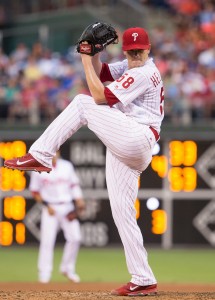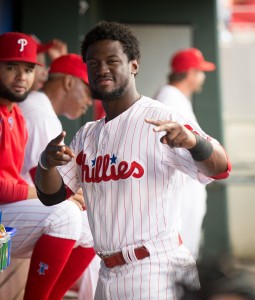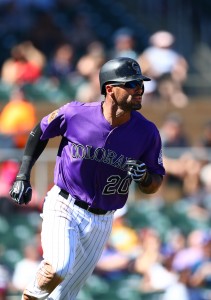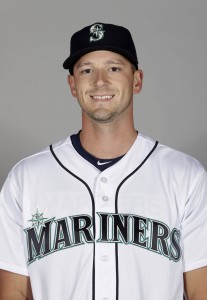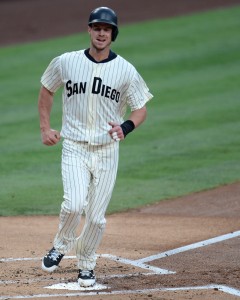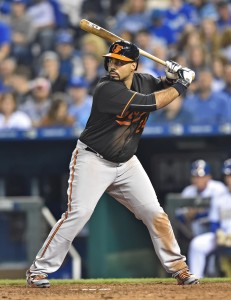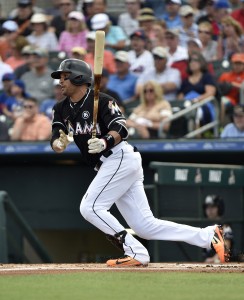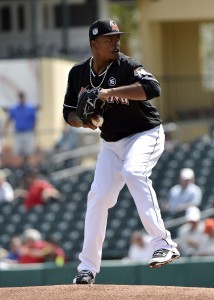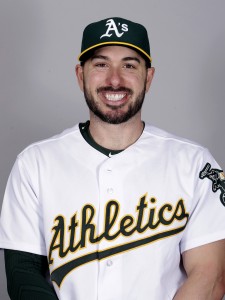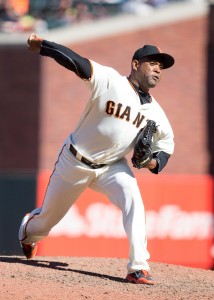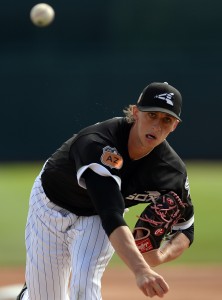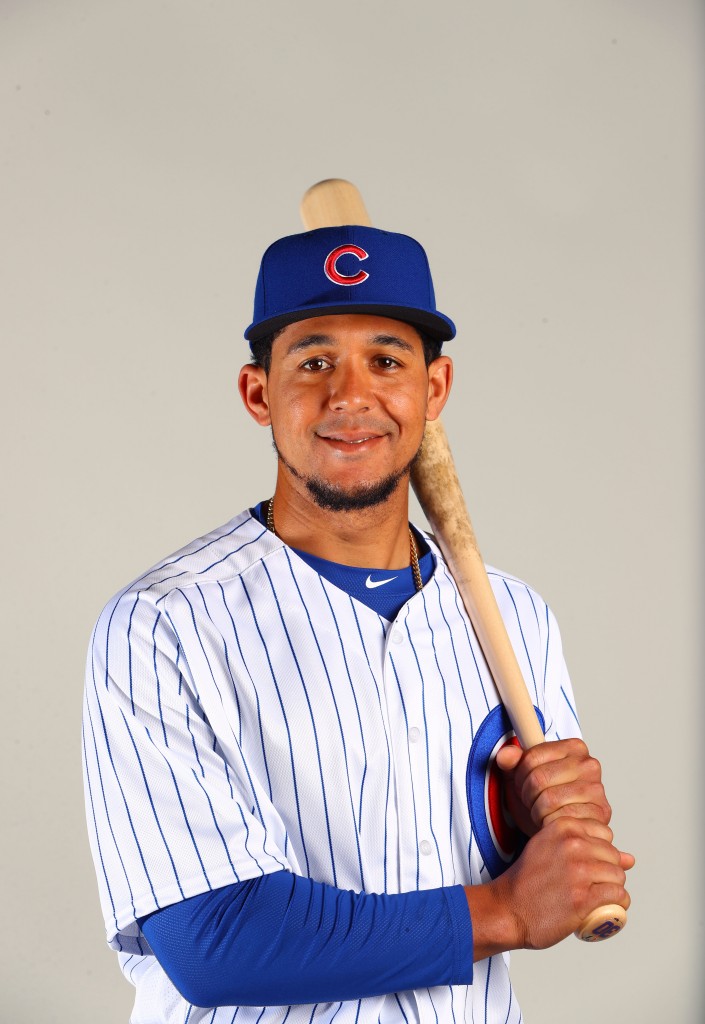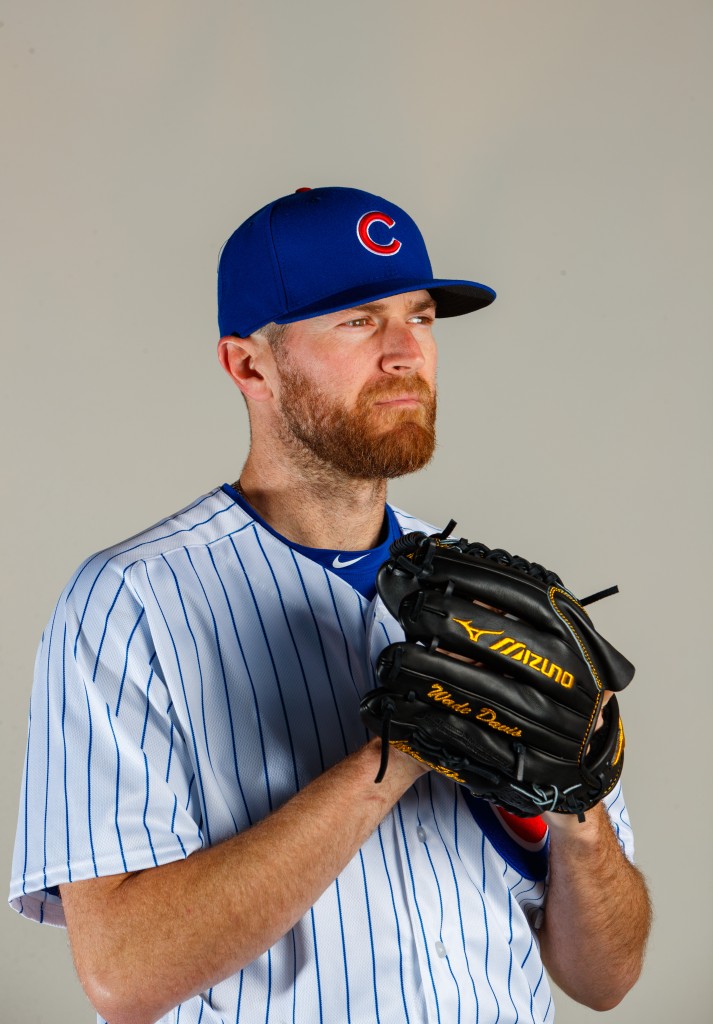This is the latest entry in MLBTR’s Offseason In Review series. The full index of Offseason In Review posts can be found here.
The Phillies’ front office, which continues to chart a steady rebuilding course, added short-term veterans to supplement a group of young talent that is steadily matriculating to the majors.
Major League Signings
- Jeremy Hellickson, SP: one year, $17.2MM (accepted qualifying offer)
- Michael Saunders, OF: one year, $9MM (includes $1MM buyout on $11MM club option)
- Joaquin Benoit, RP: one year, $7.5MM
- Andres Blanco, IF: one year, $3MM
- Total spend: $36.7MM.
Trades And Claims
- Acquired SP Clay Buchholz from Red Sox in exchange for 2B Josh Tobias
- Acquired 2B/OF Howie Kendrick from Dodgers in exchange for 1B/OF Darin Ruf, 2B/OF Darnell Sweeney
- Acquired RP Pat Neshek from Astros in exchange for cash/PTBNL (exercised $6MM club option)
- Acquired RP Pat Venditte from Mariners for OF Joey Curletta
- Acquired RP Mario Sanchez from Nationals as PTBNL in exchange for RP Jimmy Cordero
- Claimed RP David Rollins from Rangers (later lost via waiver claim)
- Claimed 3B Richie Shaffer from Mariners (later lost via waiver claim)
Notable Minor League Signings
- Pedro Beato, Sean Burnett (released), Chris Coghlan (released), Pedro Florimon, Hector Gomez, Ryan Hanigan (released), Bryan Holoday (released), Daniel Nava, Cesar Ramos
Extensions
- Odubel Herrera, OF: five years, $30.5MM (includes 2022 & 2023 club options)
Notable Losses
- Cody Asche (non-tendered), Peter Bourjos, A.J. Ellis, Matt Harrison (still owed $15MM), David Hernandez, Ryan Howard (declined club option), Charlie Morton (declined mutual option), Ruf
Phillies Roster; Phillies Payroll Information
Needs Addressed
With Ryan Howard’s departure, the Phillies have fully shed the stars that made up the organization’s most recent contending roster — with their salaries also now departing the payroll. Philadelphia is now building a new core, and just made the first long-term commitment to one of those pieces.
If you look at the Phillies’ future balance sheet, there’s just one name on it: Odubel Herrera, the former Rule 5 pick who is now controlled through 2023 after striking an extension over the winter. We’ll have more on that move below, in the “deal of note” section.
Interestingly, that was really the only significant forward-looking move the Phils made over the winter. There was some trade chatter, mostly surrounding second baseman Cesar Hernandez, but there was no urgency to deal him with three years of arbitration control remaining. And the Phils were never rumored to be chasing any controllable major leaguers.
Instead, the club seems content to nurture its existing group of young talent while continuing to build through the draft. But that’s not to say that GM Matt Klentak and company sat on their hands all winter. With massive spending capacity and a new TV contract, the plan called for some fairly significant investments in the 2017 roster — none of which, notably, will impact the future payroll.
That $36.7MM total spending figure listed above is a bit misleading. In addition to its free-agent commitments, Philadelphia struck three separate trades that essentially functioned the same way. The team gave up little in the way of players, but took on $30MM in salary. Combined with the open-market moves, two-thirds of Philly’s approximately $100MM Opening Day payroll comes from newly-added veterans.
So, what did they get for their money? There was no singular focus akin to the Braves’ and Padres’ rotation overhauls. Instead, the Phillies splashed veterans across the roster.
The rotation features some appealing young talent, though the Phillies obviously hoped to relieve the pressure on the arms that will be needed for the long haul. Jeremy Hellickson represented the first major addition when he somewhat surprisingly accepted the qualifying offer issued by the club. While the Phils surely would have been happy to recoup a draft pick, it’s hardly the worst result given the strategy. That said, if the club hopes to cash in on its thus-far worthwhile investment in Hellickson, it’ll need to deal him at the deadline; under the new rules, he’s not eligible for another QO.
Despite the return of Hellickson, the Phillies elected to add Clay Buchholz to a staff that’ll also feature Aaron Nola, Vince Velasquez, and Jerad Eickhoff. There were alternatives to adding another veteran — Jake Thompson reached the majors last year and several 40-man members are throwing at Triple-A — but Philadelphia elected to take on Buchholz in hopes of a resurgence. If he can carry forward his strong work late in 2016 (2.86 ERA over his final 44 innings), then the Phillies can shop him over the summer or perhaps make a qualifying offer at season’s end.
The bullpen saw additions, too, with Pat Neshek coming via trade and Joaquin Benoit arriving from the open market. These elder statesmen both had promising results last year, but also come with questions. Neshek carried a 3.06 ERA while allowing less than one baserunner per inning through his typical blend of few walks and weak contact. But his success was driven by a BABIP-against mark (.216) that was even lower than usual (.236 career), and he was bombed when allowed to face lefties (.240/.321/.646 and ten home runs in just 55 plate appearances). Benoit, meanwhile, allowed just one earned run on 17 hits in his 23 2/3 innings with the Blue Jays, but had struggled with his control and long ball susceptibility over the first half of the season with the Mariners.
With the infield accounted for, Klentak and his charges turned to addressing an outfield that had received meager contributions from the corners in 2016. The first move, acquiring Howie Kendrick, may have been made in part to provide cover in the event that a deal was struck involving Hernandez. But the former second baseman was always penciled in to play left, and that’s where he’ll open the season. A paragon of consistency at the plate for the bulk of his career, Kendrick fell off last season and ended up hitting just .255/.326/.366 — though he did substantially increase his walk rate. While there’s not much upside to him as a left fielder, Kendrick at least represents a sturdy veteran who’ll plug a hole.
Next, the Phils staked a more interesting bet on Michael Saunders, whose deal includes an option for 2018. The 30-year-old was finally healthy and productive last year, though he faded badly after an outstanding start. Still, the overall results — .253/.338/.478 with 24 home runs over 558 plate appearances — were quite good, and Philadelphia would no doubt be pleased with a repeat performance.
That slate of moves was accompanied by the re-signing of veteran infielder Andres Blanco, who has been a handy member of the bench for the past two seasons.
Read more analysis below …

